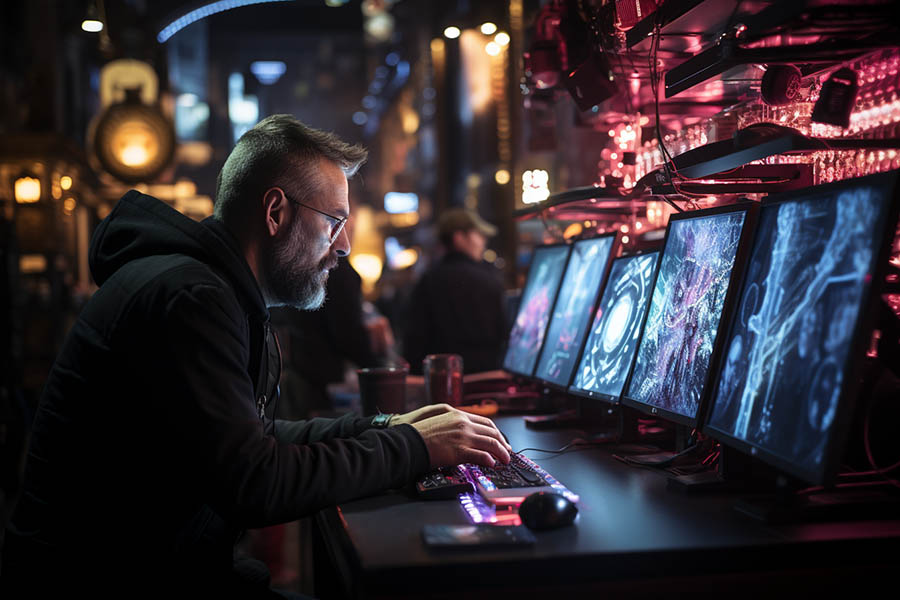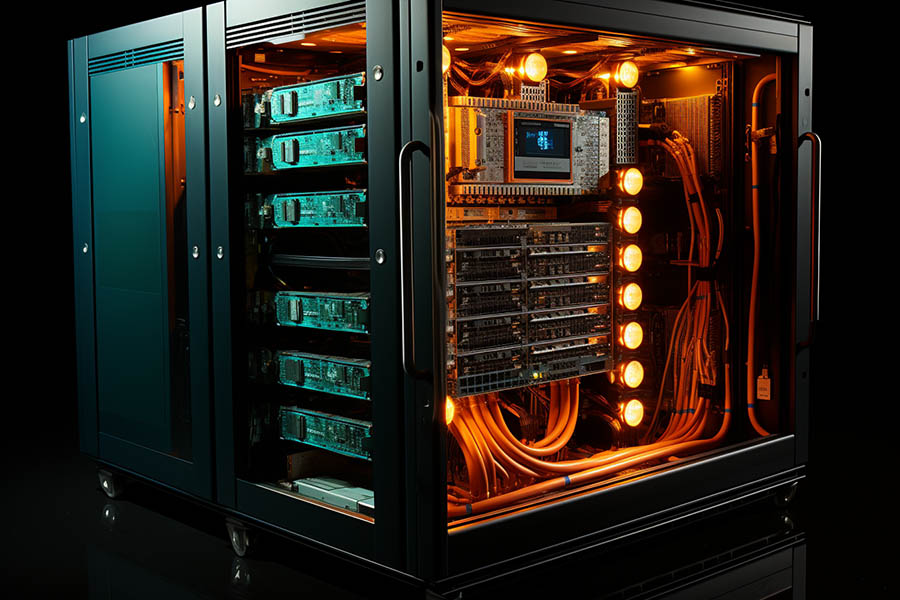Most of modern law enforcement cases have a video component to them. Either they have bodycam footage associated, or else security camera footage or some other form of video. But it is impossible to watch everything that has been recorded or is happening live, and on top of that keep doing other type of valuable police work. A new solution is needed…an AI solution.
The problem with video evidence
Video evidence has become a common term in Law Enforcement operations. Having video from a crime or its surroundings is more common than not, like the odd store camera that, by chance, points in the right direction. The main problem with video evidence, on the other hand, is that it analysis and processing by hand is costly. Both in time and in personnel needs. If you have to comb over 20 hours of video, you either have a very large coffee, or lots of help from other officers.
This problem accentuates when the information to be found is time sensitive. In other words, when you are in a hurry to get the evidence you need, because of reasons related to the case. There is no easy way to go over 20 hours of video in only 2, without skipping over a lot of footage, that may contain clues in the worst of cases.
So this is one of those scenarios that can be solved with the help of artificial intelligence. A machine can “see” number plates, faces, objects and other objects exactly a human could, but in 24/7, all of them at once, without ever tiring, and without skipping a single frame of the action, even if the playback speed is 10X or higher.
Law Enforcement and Intelligence analytics platforms like Intelion can do this work for you automatically following your specific rules for each case (see below) and all day long, from as many video sources as you need. Just feed them the video, define the elements you want to find, and wait for the results to come in.


Set the rules, get the alerts
The “magic” is due to multiple analytics modules for video and audio connected to what we call an “analytics bus”, where they are controlled from a process module that defines what is used, and when, based on your requirements. But let’s start at the beginning.
Once the video sources or files are defined, the first step is to tell Intelion what you are looking for. This could be a certain face, a number plate or a red hat. In order to not use all the analyzers at once, which is time consuming and requires a lot of processing power, you set certain rules that optimize the analysis process. For example, “if there are no cars, don’t look for number plates”. The BPM module then skips the analysis of things that make no sense, speeding up the process considerably and saving resources at the same time. Once you have done that on a case by case basis, the system works automatically on any new video that comes in related to that specific case, and applies the analyzers based on your rules.
Once there is a match, you get an alert on your phone informing you of what has been found, and where. This way you can dedicate your time to high value police or investigative work, instead of looking at a screen for hours on end. With that evidence you can decide on what to do next. Intelion can even generate a report with screenshots of the found intel, for you to add to the rest of the case file.
The benefits of unattended AI analysis
The benefits of such a system are quite self-evident: you need less personnel to go over video or audio files, nothing is missed due to being tired or losing focus, and the system can work 24 hours a day, without pause. And this can be the difference of catching a suspect in time or not. On top of that, Intelion can check multiple sources at the same time, shortening investigation periods, even if those sources are unrelated. Or do some forensic work, sifting through recordings of the past month or two, in order to find evidence related to the case at hand.
And the agents or officers can do high value police work, which is much more beneficial to solving cases, instead of grunt work watching screens or listening to recordings. This contributes to a higher case resolution and better results for the entire department.

Conclusion
Shifting work from the officers to artificial intelligence makes sense when the work performed is on large amounts of digital material, and is repetitive, long and boring. Or simply impossible due to the number of hours to watch or listen to. Advances in AI during the last years have resulted in very reliable analyzers that can detect almost anything. Furthermore, they can correlate information from several sources to reach conclusions that would take much longer for a human being. All of this is a benefit to the investigations and keeps agents and officers doing high value work, and more motivated.
